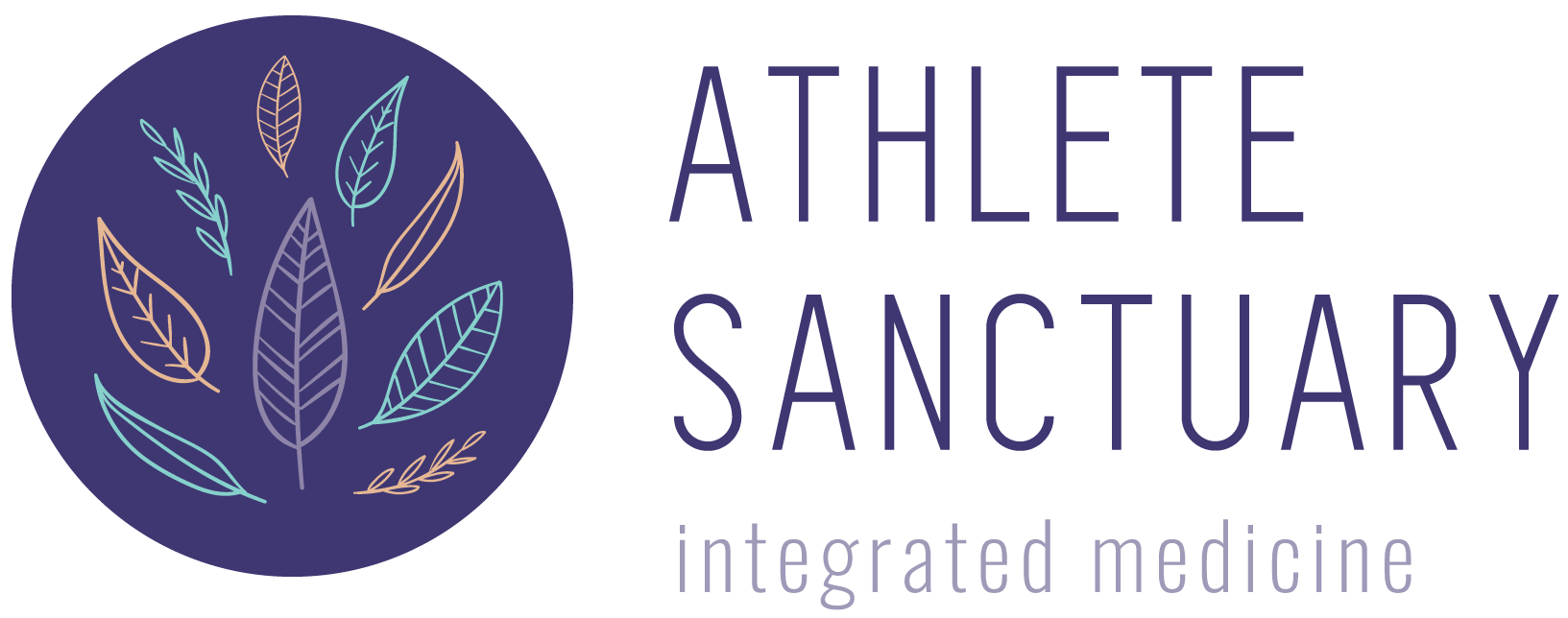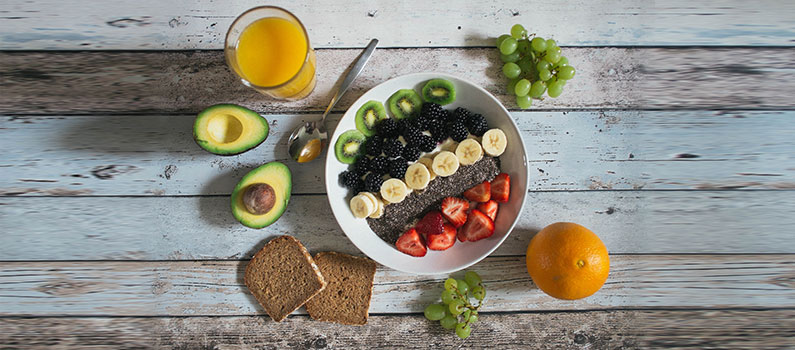Athletes generate inflammation on a daily basis due to the high demands of training and competition. Inflammation is also triggered as part of injury recovery.
Most people understand inflammation can be localised to specific areas in the body and is associated with symptoms of swelling, redness and pain. When this occurs, most athletes act quickly to reduce the symptoms. Systemic inflammation however is more subtle and often overlooked. When inflammation persists at a cellular level throughout other parts of our body, systemic issues arise such as digestive symptoms, neuro-inflammation, recurrent colds, heart disease, diabetes and autoimmune conditions.
The default setting for many athletes when injured is to reach for pharmaceutical anti-inflammatories (NSAIDs) and obtain help from physical therapies such as physiotherapy, massage, osteopathy and acute treatment principles. These methods are all very helpful, however it is important to remember some of these options such as anti-inflammatory drugs may cause side effects when used repeatedly and for long periods of time. The most common side effects include gastrointestinal upsets, stomach ulcers, blood in urine, liver tenderness and decreased absorption of the key nutrients needed for repair and recovery such as zinc, folate and vitamin C.
Fast-track your injury recovery
The body does an incredible job at repairing and rejuvenating damaged tissue but providing the body with the key nutrients it needs through the diet can further fast-track the process and reduce inflammation.
Top 10 tips for reducing inflammation through the diet
- Focus on the good fats! Increase your anti-inflammatory omega-3 fatty acids found in deep sea fish such as salmon, sardines, herring and mackerel and reduce your intake of omega-6 fatty acids found in animal meats.
- Get wholesome! Reduce the amount of processed foods in your diet and increase wholefoods with high nutrient (vitamin and mineral) density – such as fruits, vegetables, quality protein and wholegrains that have the kind of nutrients you actually need!
- Be picky about protein! Include a palm sized portion of quality protein at every meal. Protein helps to rebuild muscle, connective tissue and bones. Quality protein can be found in lean animal meats (kangaroo, lamb, beef, chicken), fish, tofu, legumes, dairy, eggs and some grains. Vegetarian athletes need to ensure they combine vegetable based proteins to obtain all the essential amino acids. For example: consume chickpeas with brown rices or nuts and seeds with legumes.
- Get the right carbs! A Danish study found consuming high glycaemic foods increases inflammation by 29%. Choose low glycaemic index (GI) foods (wholegrains such as quinoa, oats, brown rice and wholegrain pastas, vegetables such as sweet potato, legumes, nuts and seeds) over high glycaemic index foods (foods high in sugar, processed foods, sweetened drinks, fruit juices). Consuming carbohydrates with quality fat and soluble fibre also lowers the GI of foods.
- Increase your fibre! A review of 6 clinical trials showed an increase in fibre is correlated with greater reductions in inflammation. Foods rich in fibre include wholegrains, vegetables, fruit and legumes. See our post on fibre rich gluten free foods if you would like more ideas on ways to increase your fibre intake here.
- Add fresh herbs! Turmeric and ginger help reduce inflammation and have a similar action to non-steroid anti-inflammatory drugs. Research shows daily ginger intake of 2g for 11 days also reduces muscle pain from exercise. Ginger and turmeric can be added to most dishes freshly grated or in powdered form. Turmeric is also delicious in a “golden latte” with almond or coconut milk and honey.
- Anyone for a cup of tea? Green tea contains phytonutrients called catechins which inhibit inflammation, improve tendon healing and reduce cartilage and collagen degradation. Enjoy 1-3 cups/day. Green tea is an excellent substitute for coffee as it can provide a little “pick me up” without the side effects. For more information on the types of green tea and how to best brew a good cup read our green tea article here
- Get your phytonutrients! Quercetin is a powerful anti-inflammatory phytonutrient found in purple berries (blackberries, blackcurrants, blueberries), capers, dill, broccoli, tomato, asparagus, green capsicum, red leaf lettuce, black and green teas, onion especially red onions, apple, grapes, and beans.
- Vitamin C for repair! Vitamin C plays an important role in the healing process by building new proteins for skin, scar tissue, tendons, ligaments and blood vessels. Vitamin C also helps our bodies maintain cartilage and bone tissues. Contrary to popular belief, vitamin C is found in the highest quantities in red capsicum, guava, black currants, kiwi fruit and the Australian bush food the Kakadu Plum. Oranges and other citrus fruits do contain some vitamin C, but nowhere near as much as the other foods mentioned. A great wholefoods vitamin C powdered option is Wild C, derived from cold processed Kakadu plum, Camu camu and rosehip. It is available through our online store.
- Reduce the crap! Reduce foods and drinks high in sugar, alcohol, processed foods, coffee and caffeinated products including sports gels and fried foods. These foods all contribute to further inflammation in the body and may slow down recovery time.
About the Author: Kate Smyth is a Sports naturopath, nutritionist and female-centric running coach. She is the founder of the Athlete Sanctuary- a holistic healthcare clinic for athletes of all levels and sporting codes. Kate has a thirst for knowledge with two bachelor’s and a master’s degree under her belt. She has been involved in sports for many decades and competed for Australia in the Commonwealth Games and Olympic Games marathons with a personal best time of 2 hours 28 minutes. For more information visit www.athletesanctuary.com.au



